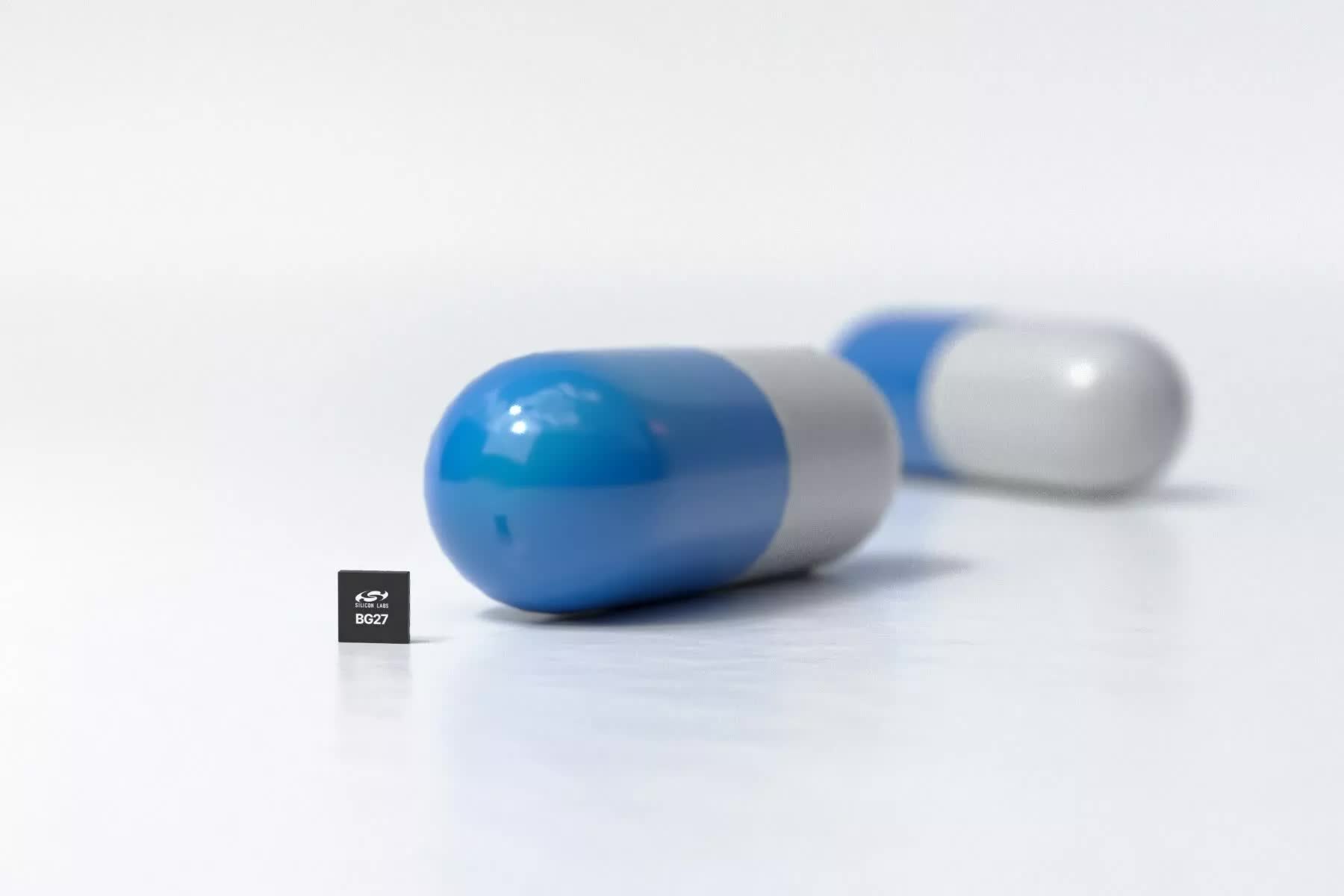Serving tech enthusiasts for over 25 years.
TechSpot means tech analysis and advice you can trust.
WTF?! A humble toothpaste additive has provided the key to a major breakthrough in the field of edible electronics. Researchers have successfully built the first fully edible transistor using copper phthalocyanine – a crystalline blue pigment commonly employed as a whitening agent in toothpaste formulations.
While copper phthalocyanine is currently not approved for direct use in food, the research team points to over a decade of evidence demonstrating its safety when used in toothpaste products.
The researchers also calculated that an average person ingests around 1 milligram of copper phthalocyanine per brushing session. This tiny amount could theoretically produce thousands of minuscule edible transistors, each requiring only 80 nanograms of the compound. The key lies in the fact that copper phthalocyanine can act as a semiconductor, which is a critical property required for a transistor to operate.
"With the amount of copper phthalocyanine we ingest daily, we could theoretically manufacture approximately 10,000 edible transistors," says Elena Feltri, the paper's lead author.

With the theoretical bits in their favor, the scientists set out to construct their edible transistor. They integrated the copper phthalocyanine into an edible circuit they had previously designed. This circuit employed edible materials like ethylcellulose, gold particles, and chitosan (an agent derived from crustacean shells).
The layered circuit was fabricated through an inkjet printing process, precisely depositing each edible component atop the next. Remarkably, this circuit demonstrated stable operation at low voltages under 1V for over a year when using the special transistor.
The ability to create a fully edible and operational transistor represents a major milestone for the field of edible electronics. To date, researchers have proposed edible components like sensors, circuit elements, and even batteries – but developing the crucial "brain" transistor to control them has been difficult.
Having an edible transistor is vital for developing entire edible electronic systems that could be safely ingested to monitor health or deliver treatment.
One possible application is ingestible diagnostic and therapeutic platforms that could travel through the gastrointestinal tract, as proposed by Tom's Hardware. While capsule endoscopy cameras exist today, they are limited to basic imaging. An edible electronic system could theoretically also analyze biomarkers and potentially even release therapeutic payloads – all controlled by an edible transistor brain.
Such devices could eventually become affordable enough for widespread preventative use without the need for complicated medical procedures or preparation.
The complete research paper can be found in the journal Advanced Science.
Masthead credit: IIT-Istituto Italiano di Tecnologia